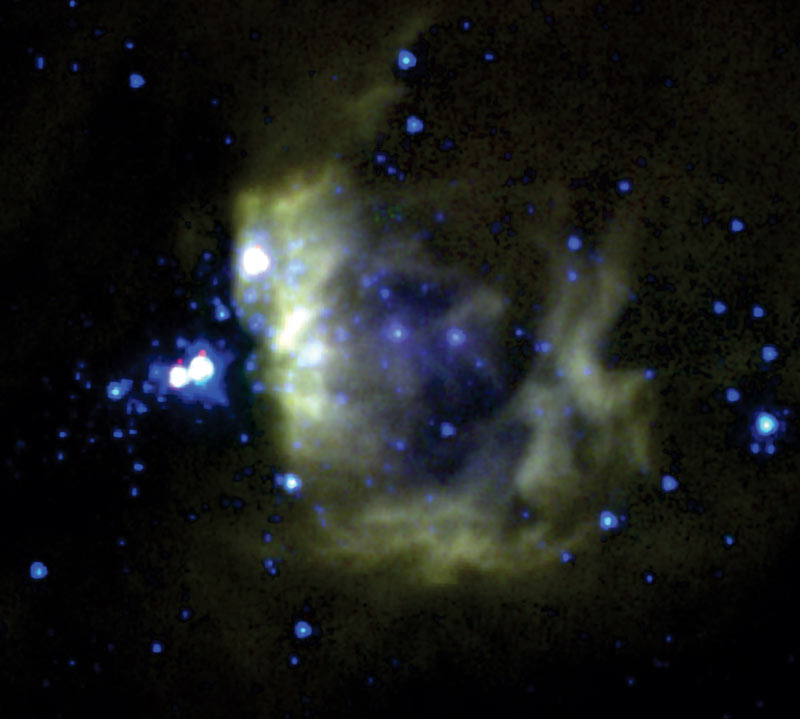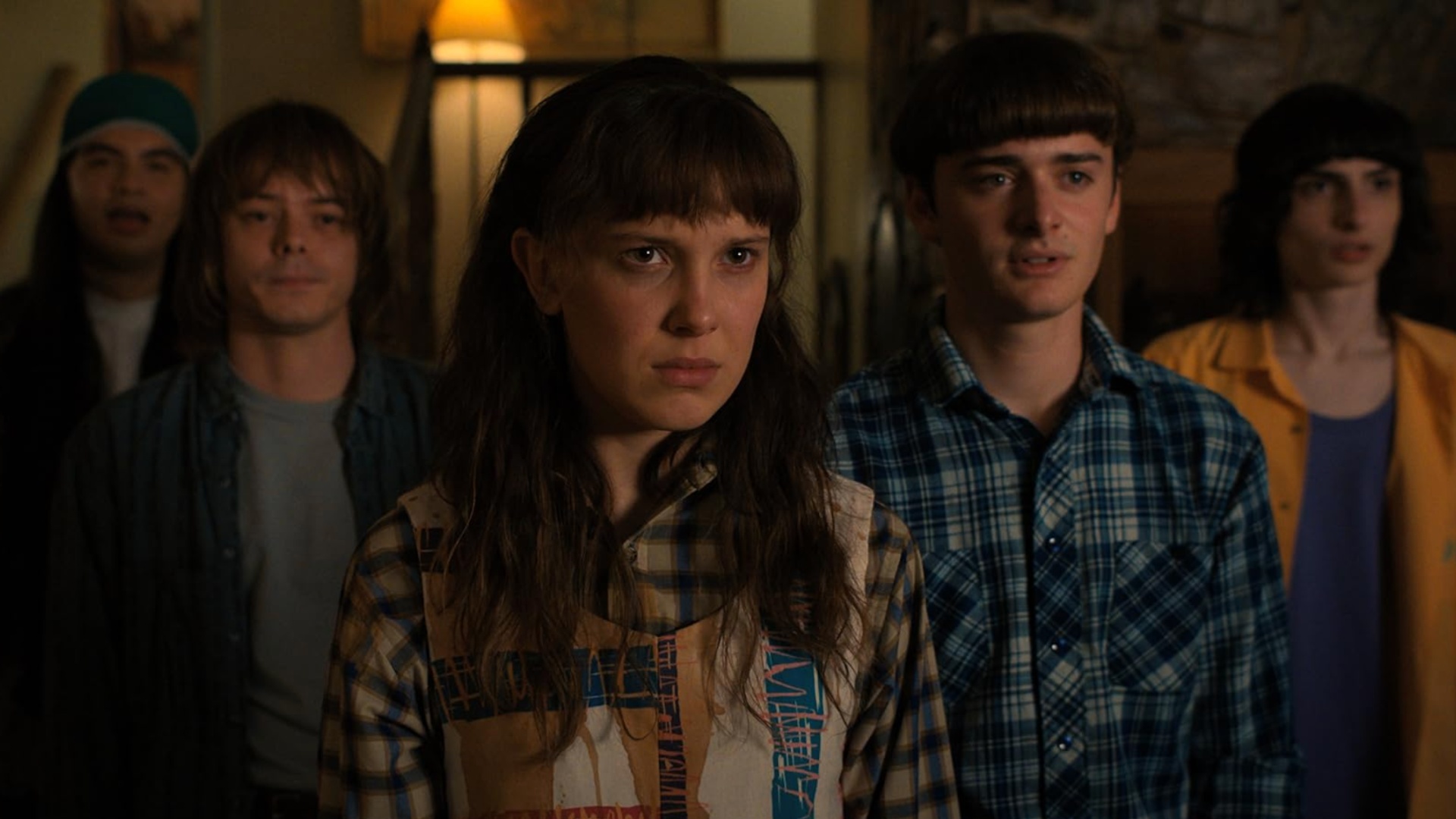Giant Space Cloud Holds Clues to Massive Star Birth

A vast interstellar cloud hasbeen caught in the act of building huge stars that would dwarf our own sun,giving scientists a tantalizing glimpse into how such massive stars form.
The cloud, called BYF 73, wasdiscovered using the CSIRO Mopra radio telescope in Australia. Made up mostly ofhydrogen and dust, the cloud sits about 8,000 light-years from Earth in theCarina constellation.
?At first glance, it is huge? stretching up to 4 light-years across ? but is collapsing in on itself at oneof the fastest speeds ever seen, astronomers said.
Some massivestars, more than 10 times the mass of the Earth's sun, have already beenspotted in the newfound cloud in follow-up observations by other telescopes.
But the new observations alsospotted something perhaps more significant: More matter is leftover in thecloud than in the giant new stars, suggesting that an entire cluster of massivestars is in the works.
?This means we have a veryrare chance to study the formation of an entire cluster from a very earlystage,? astronomer Peter Barnes, a study team member from the University ofFlorida, told SPACE.com.
The research, a collaborationof American and Australian astronomers, is detailed in a recent issue of the Monthly Notices of the RoyalAstronomical Society.
Breaking space news, the latest updates on rocket launches, skywatching events and more!
Astronomers have a goodhandle on how regular starsform, but the evolution of massive stars has proven hard to decipher becausethey can be difficult to find and observe.
Most tend to be located indeep space, more than 1,000 light-years away, in populations making up only afew percent of all stars,? Barnes said.
The interstellar cloud BYF 73is one of nearly 200 clouds observed during a survey that mapped such objectsacross our MilkyWay galaxy.
Later this year, astronomersplan to use the Compact Array telescope in Australia to study the cloud in moredetail to better measure the amount of collapsing gas. They will also use theGemini South telescope in Chile to hunt for stars hidden in the cloud's dustthat can't be seen by the Anglo-Australian Telescope in Australia.
?With clouds like this we can test theories of massive starcluster formation in great detail,? said astronomer Stuart Ryder of theAnglo-Australian Observatory.?
- Top 10 Star Mysteries
- Gallery: Stars, Nebulas and Galaxies
- Birth of 'Impossible' Star Seen by European Space Telescope
Zoe Macintosh is a science writer who covered human spaceflight, astronomy and science for Space.com in 2010. She also covered general science for Space.com's sister site Live Science. Zoe studied English literature and physics at Smith College, where she also wrote for the Smith Sophian. Her work has also appeared in the National Association of Science Writers website.
